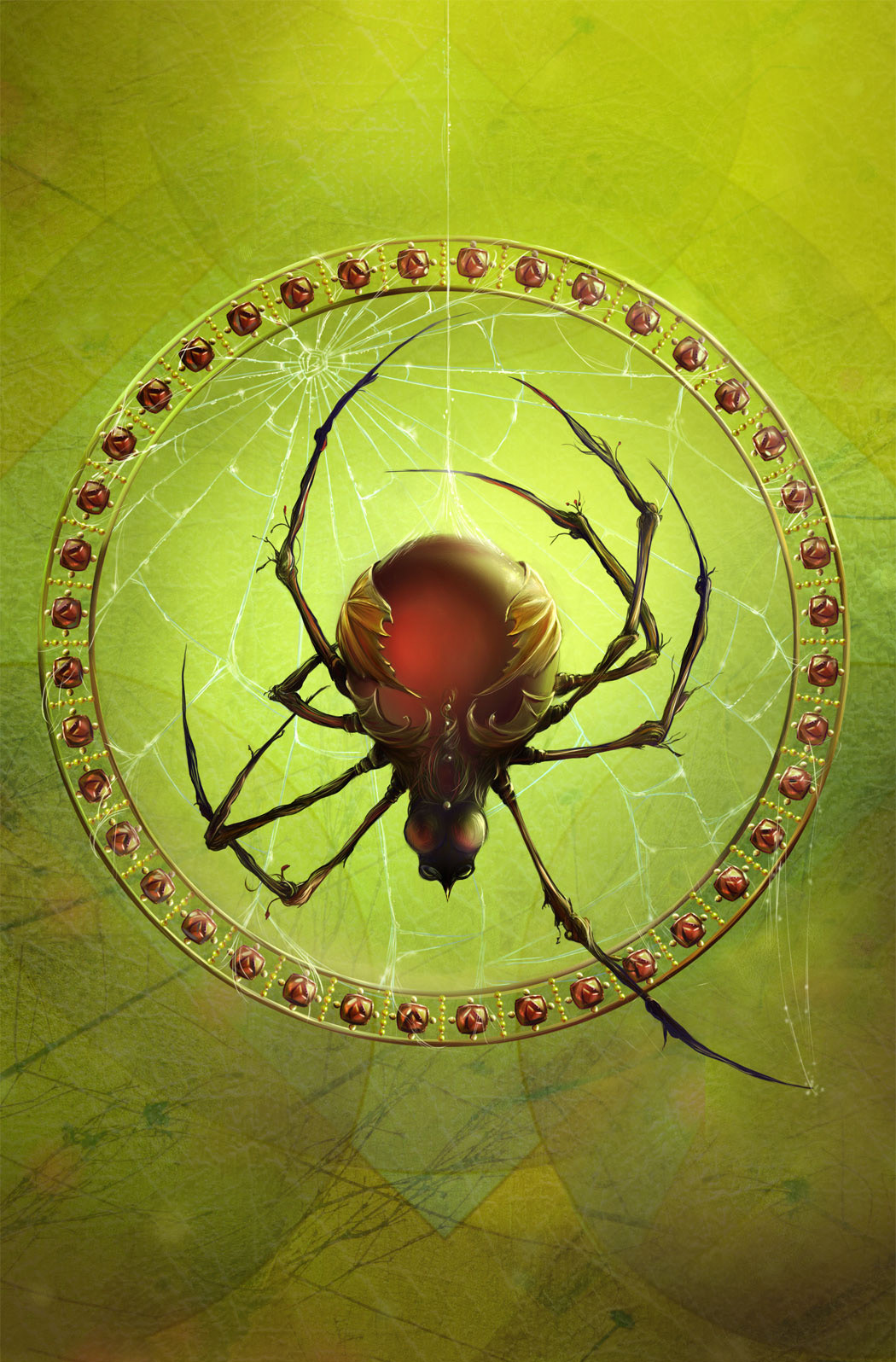
Spider characters have long fascinated people across various forms of media. Whether it's in books, movies, or video games, spiders are often portrayed as mysterious and captivating creatures. The design of spider characters plays a crucial role in capturing the essence of these fascinating creatures and bringing them to life in a visually appealing manner. In this article, we will explore the various aspects of spider character design, from their physical features to their personalities and abilities.
Physical Features

When designing spider characters, capturing their unique physical features is essential. Spiders are known for their eight legs, multiple eyes, and distinctive body shape. The legs can vary in size and shape depending on the species, making them an important aspect to consider in character design. Additionally, incorporating the intricate patterns and colors found on real spiders can add depth and realism to the character.
Personality Traits

Spider characters can have a wide range of personality traits, depending on the story and the intended audience. Some spider characters are depicted as cunning and intelligent, using their web-spinning abilities to outsmart their enemies. Others may be portrayed as mysterious and elusive, lurking in the shadows and only revealing themselves when necessary. It is important to consider the desired personality traits when designing a spider character to ensure consistency and relatability.
Abilities and Powers

Spider characters often possess unique abilities and powers that set them apart from other characters. The most iconic ability associated with spiders is their ability to spin webs. This power can be used for various purposes, such as trapping enemies or swinging through the cityscape. Additionally, spider characters may have enhanced strength, agility, and the ability to climb walls, all inspired by the real-life capabilities of spiders. These abilities should be visually represented in the character design to showcase their uniqueness.
Character Backstory

Developing a compelling backstory for a spider character can add depth and intrigue to their design. It can involve exploring the circumstances that led to their transformation into a spider or their upbringing in a spider-like society. The backstory can also influence their motivations, relationships, and personal growth throughout the narrative. By creating a well-rounded backstory, the character becomes more relatable to the audience, enhancing their overall appeal.
Visual Style and Artistic Choices

The visual style and artistic choices made in spider character design can greatly impact their overall appeal. The choice of colors, textures, and the level of detail can evoke different emotions and create a unique visual identity for the character. For example, using darker colors and sharp angles can enhance the mysterious and menacing aspects of a spider character, while brighter colors and softer shapes can make them more approachable and friendly.
Interactions with Other Characters

Spider characters often interact with other characters within their respective narratives. These interactions can range from partnerships and alliances to conflicts and rivalries. When designing spider characters, considering how they will interact and relate to other characters is crucial. This can influence their body language, facial expressions, and overall demeanor, helping to create dynamic and engaging interactions that resonate with the audience.
Spider Characters in Popular Culture

Spider characters have become iconic figures in popular culture. One of the most well-known spider characters is Spider-Man, a superhero with spider-like powers. Spider-Man's design incorporates many elements of a spider, such as the web-slinging abilities and the iconic red and blue suit. This character has resonated with audiences worldwide, showcasing the enduring appeal of spider characters in various media forms.
Conclusion
Spider character design is a fascinating aspect of storytelling and visual arts. By carefully considering their physical features, personality traits, abilities, and interactions, designers can create captivating spider characters that resonate with audiences. The visual style and artistic choices add depth and uniqueness to their design, making them memorable and appealing. Spider characters have firmly established themselves in popular culture, captivating the imaginations of people across the globe.